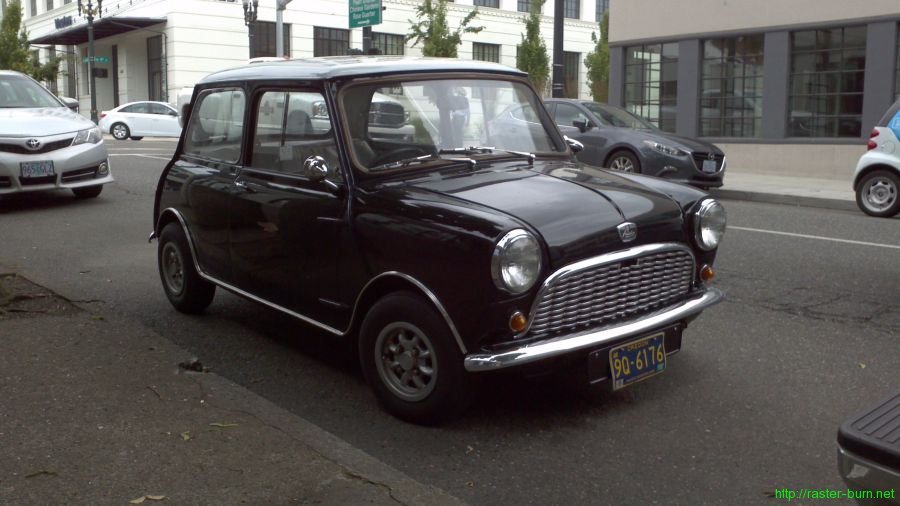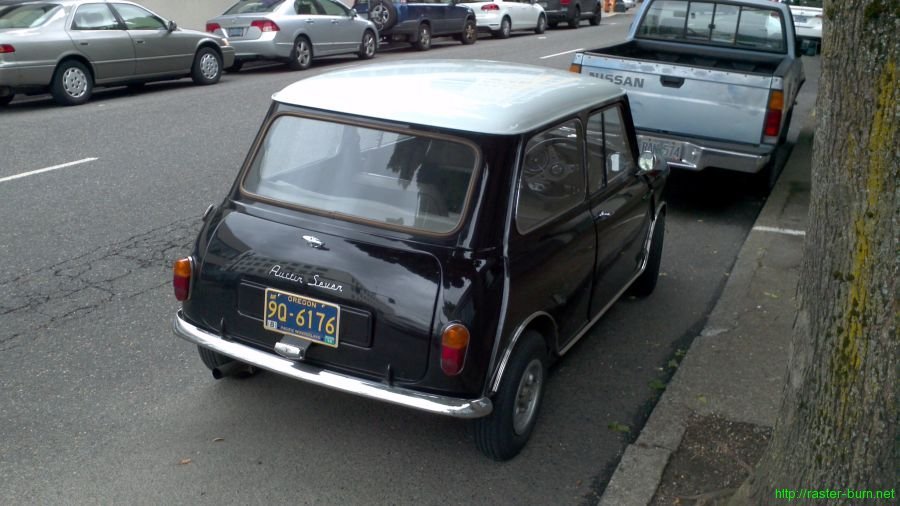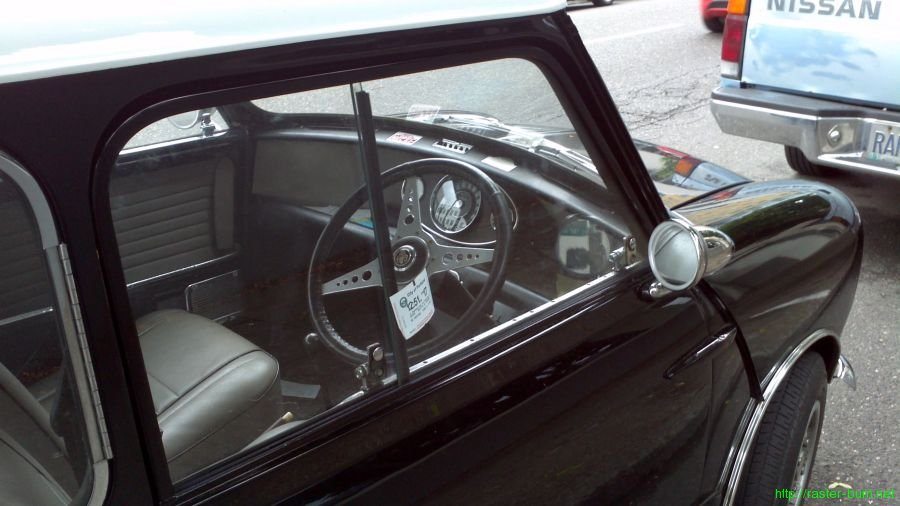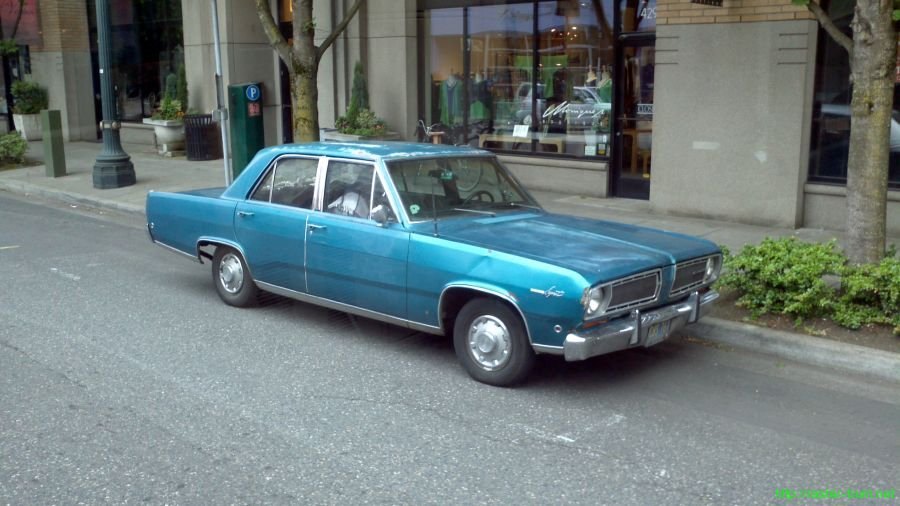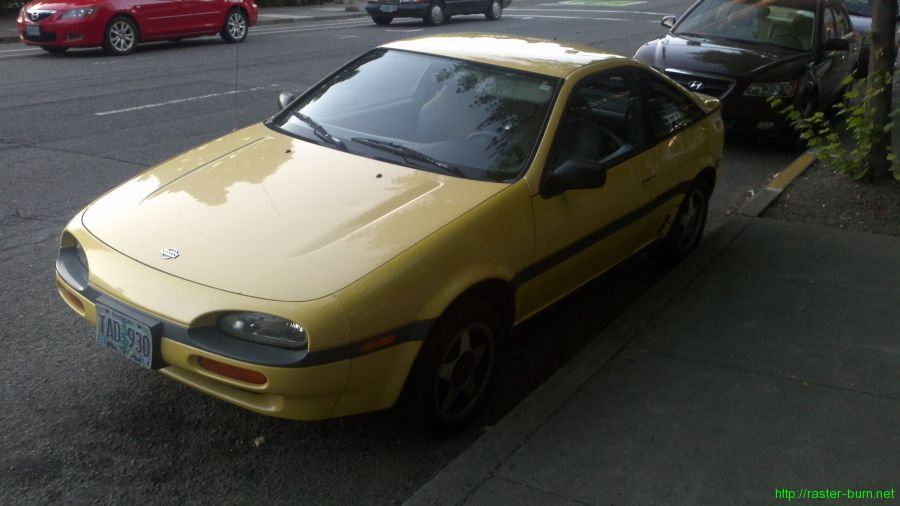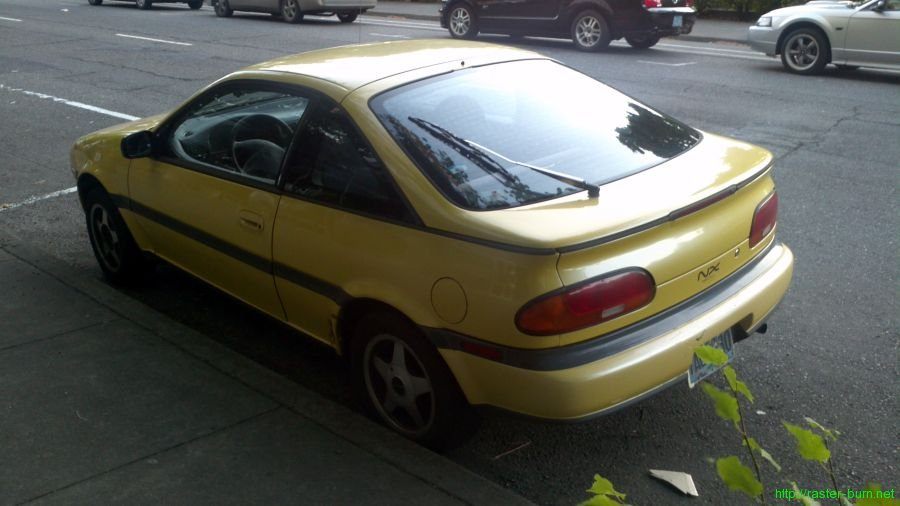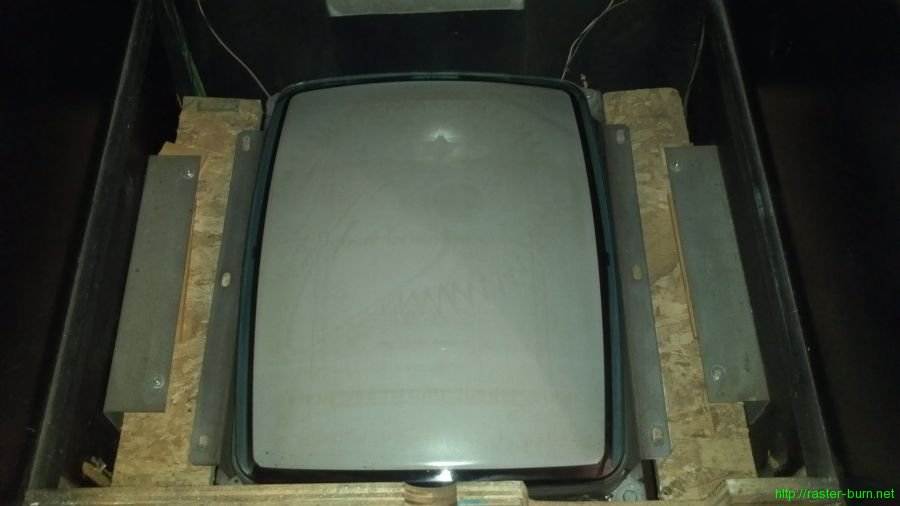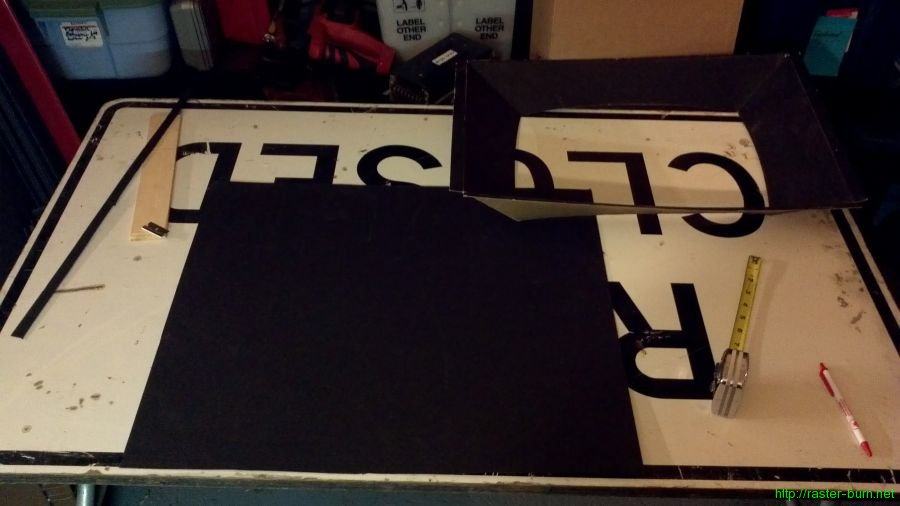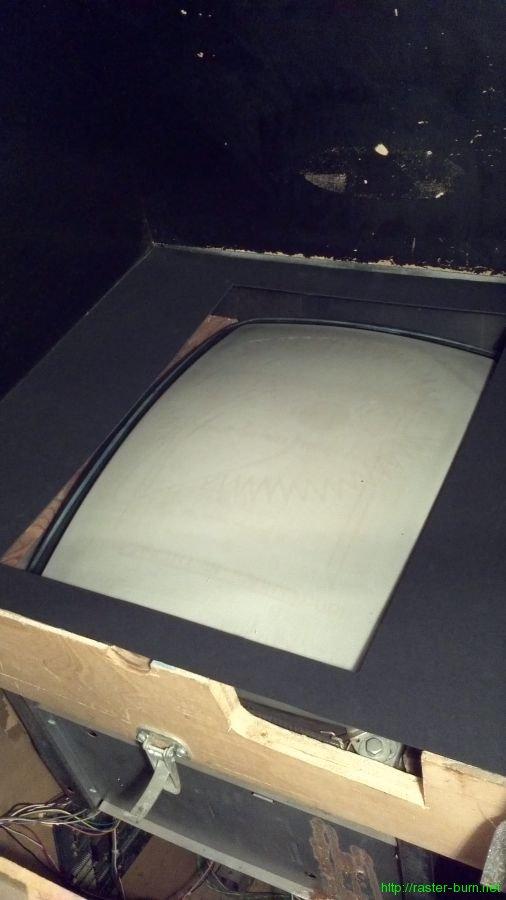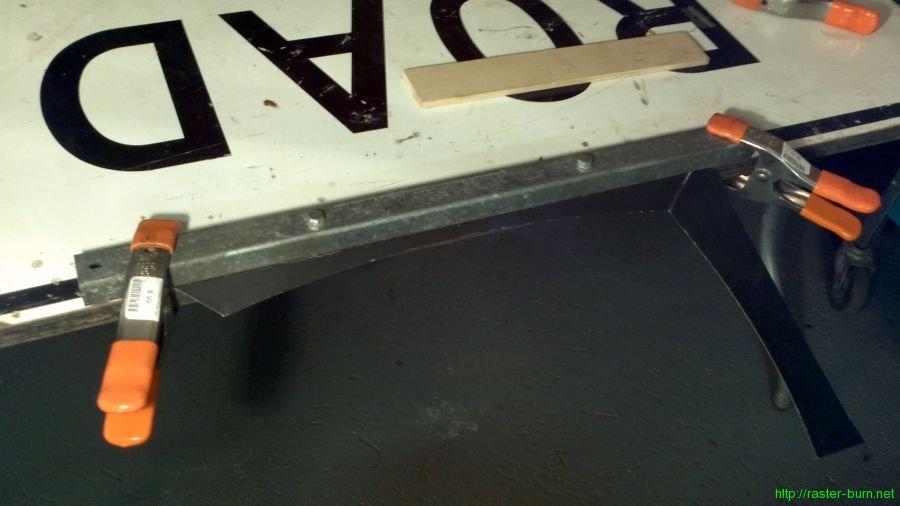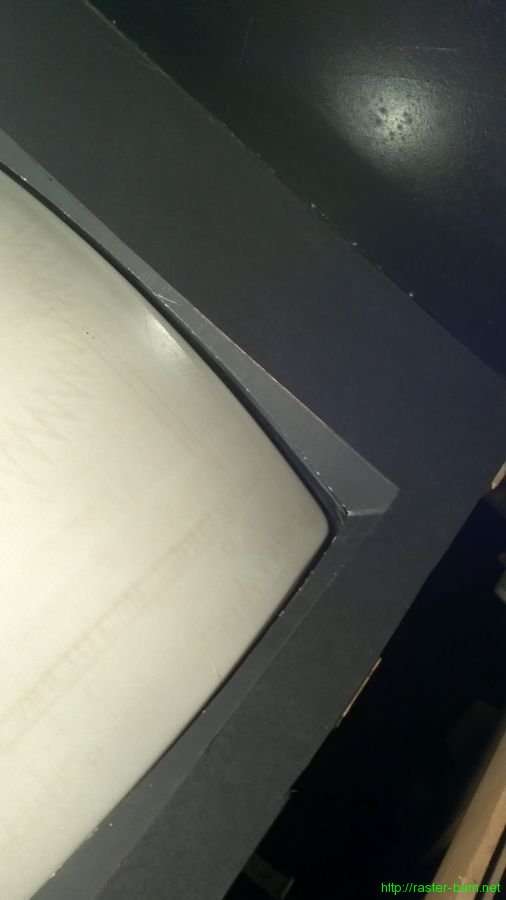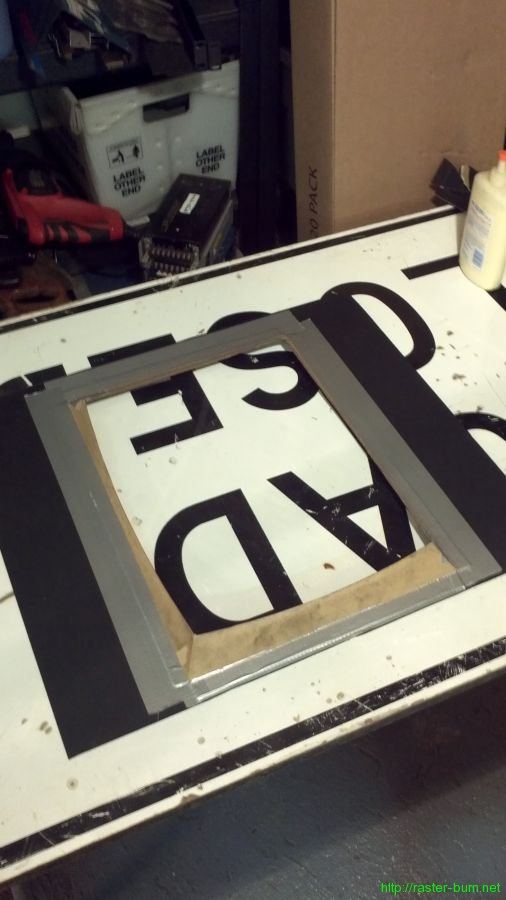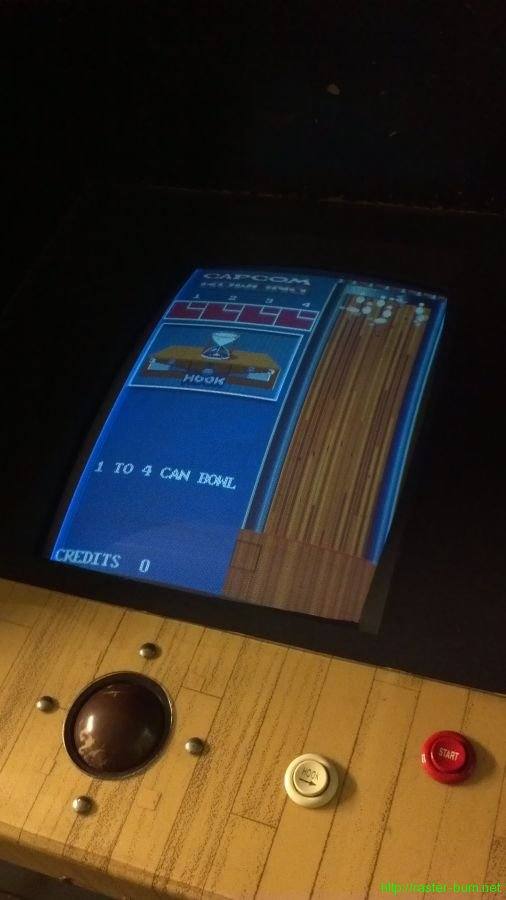I’m not quite sure what year this lovely right hand drive Austin Seven (better known as the Morris Mini) is. Given its branding it predates 1962 since that year is when the Seven brand was dropped. The interior switch panel visible inside through the rear window places it as a 1960 or later model since the 1959 had a flat stamped panel rather than the later recessed one.
The 1959 Mini Registry site was very helpful in narrowing the year range, but unfortunately there’s not such an exhaustive reference for 1960-1961 models so I couldn’t peg it exactly.
It took me a while to identify this one, I placed it as mid-60s initially but it’s actually a 1968 model. A 1968 Plymouth Valiant Signet, to be exact. Neat to see something like this still on the road today, given the lack of collectibility such a mundane people mover has compared to its sportier contemporaries.
The strange looking Nissan NX was a flash in the pan for the North American market, only being sold between 1991 and 1993. I’d never seen one before and figured it must have been a grey market import at first. No idea what the exact year is since there’s precious little information available about this model’s variations over the years online.

